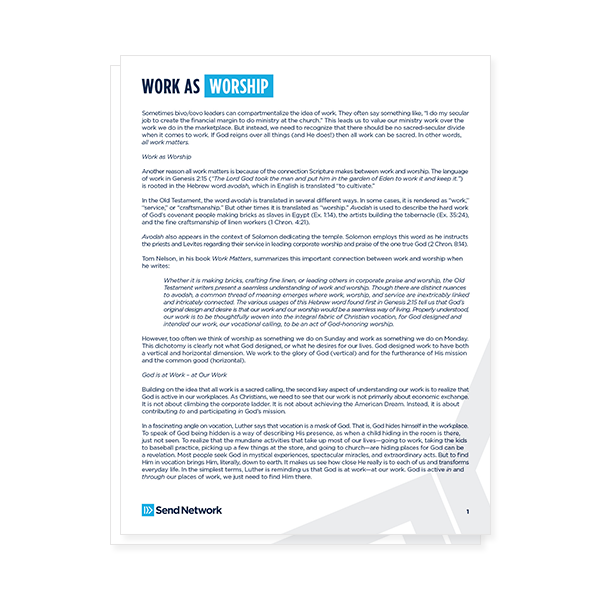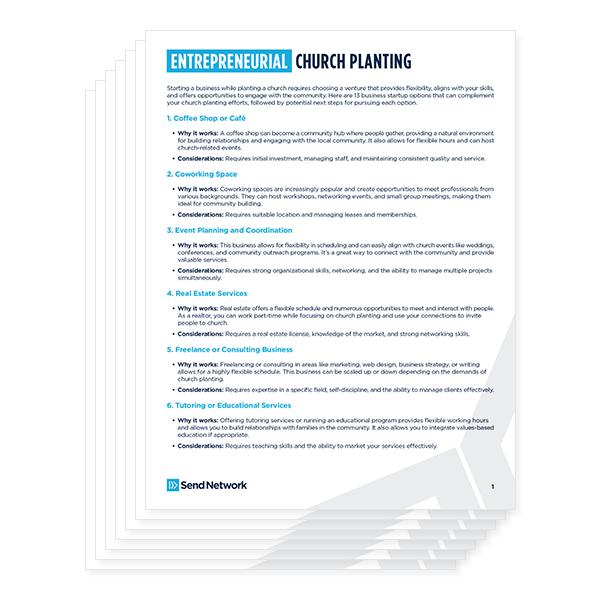A dying church robs God of His glory. The key to revitalization of a church near death is a passion for the glory of God in all things. This alone must be the beginning and primary motivation for an effort to bring life to a dying church, even over worthy objectives such as reaching the community, growing the church and meeting needs. The purpose of all creation is the glory of God. He created everything for His own glory. Romans 11:36 proclaims, “For of Him and through Him and to Him are all things, to whom be glory forever.”
With more than 1,000 SBC churches closing every year and more than 77% of those located in metro areas, it is incumbent on us to discover and deploy strategies to replant dying churches.
Legacy Church Planting is an initiative of the North American Mission Board designed to bring life back to these dying churches through replanting efforts. The term Legacy Church Planting refers to the desire to ensure a continued legacy of ministry and missions for a church that is near death. It also refers to the words of our Lord as He spoke to the church at Ephesus in Revelation 2.
1 “To the angel of the church in Ephesus write: “‘The words of him who holds the seven stars in his right hand, who walks among the seven golden lampstands. 2 “’I know your works, your toil and your patient endurance, and how you cannot bear with those who are evil, but have tested those who call themselves apostles and are not, and found them to be false. 3 I know you are enduring patiently and bearing up for my name’s sake, and you have not grown weary. 4 But I have this against you, that you have abandoned the love you had at first. 5 Remember therefore from where you have fallen; repent, and do the works you did at first.'”
The pathway to new life for a dying church is repentance and remembering.
In this passage our Lord makes it clear that the pathway to new life for a dying church is repentance and remembering. But not the self-serving nostalgia of remembering the past for the sake of our own comfort through control and a desire to return to a better time. It should be remembering the legacy of missions and ministry that first birthed this dying church and a brokenness to see that return once again. This kind of remembering can only happen if repentance comes first. This kind of remembering can only happen when the glory of God becomes primary rather than our own personal comfort.
Signs of a Dying Church
There is one reason a church dies. The church in Ephesus loved doctrine, they believed the truth, they worked hard, and they endured. But they were doomed to die if they did not return to that which they did at first. The church of Ephesus began with a bang (literally). It was birthed with a passion to reach its community and to make disciples. Over time, however, this passion waned. When a church ceases over a period of time to make disciples who make disciples and realize community transformation, that church will die.
The symptoms of a church near death are many and they include:
1) They value the process of decision more than the outcome of decision.
2) They value their preferences over the needs of the unreached.
3) They have an inability to pass leadership to the next generation.
4) They cease, often gradually, to be part of the fabric of their community.
5) They grow dependent upon programs or personalities for growth or stability.
6) They tend to blame the community for a lack of response and in time grow resentful of the community
for not responding as it once did.
7) They anesthetize the pain of death with over abundance of activity and maintaining outdated
structure.
8) They confuse caring for the church facility with caring for the church members.
Over the past 30 years, Southern Baptists and many other denominations and networks have developed comprehensive strategies for church planting. These include assessment of location, planter and leadership core as well as funding and coaching. Our church planting strategies have resulted in assisting more than 1,200 SBC churches planted each year.
As we seek to replant hundreds of dying church each year we must bring the same comprehensive approach to replanting that we have brought to planting. This week we will highlight the work of Legacy Church Planting.
For more information on Legacy Church Planting please contact John Mark Clifton at mclifton@namb.net.
For information on your church partnering with Legacy Church Planting, visit us online at namb.net/Legacy.
If you are a pastor who has a God-given desire to serve as rePlanting Pastor, provide us with some more information here.
Published January 26, 2015




